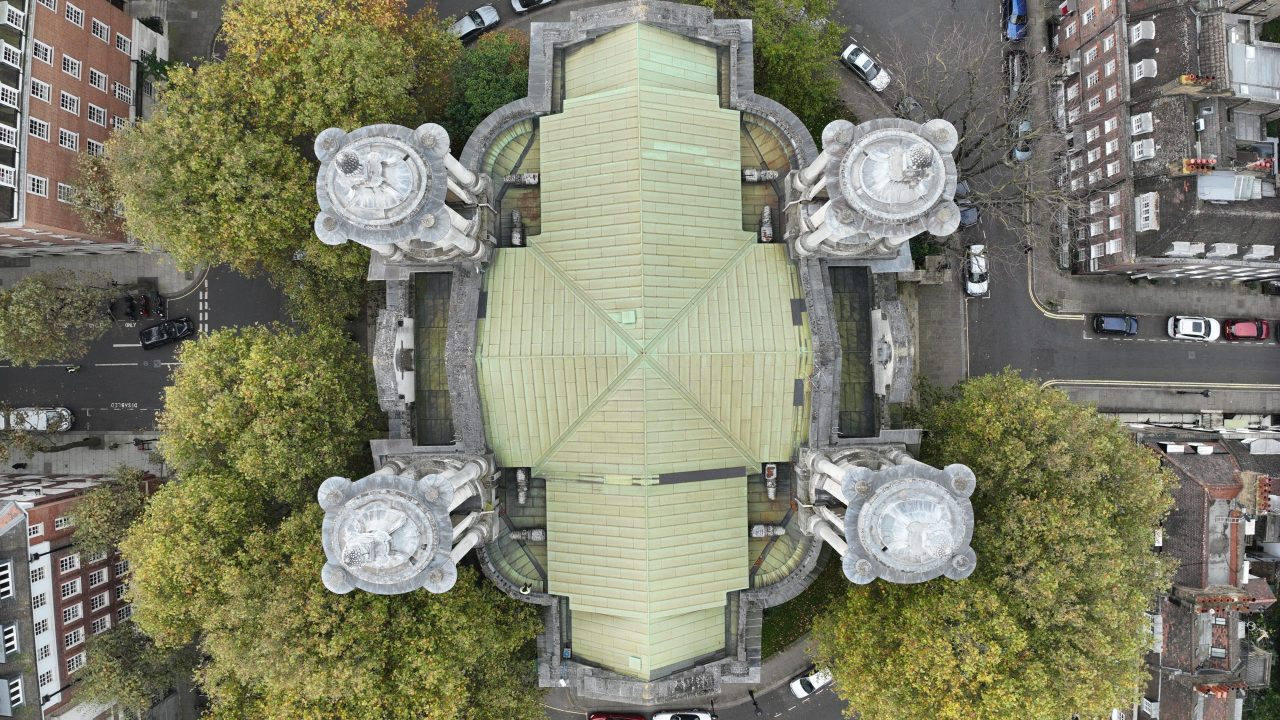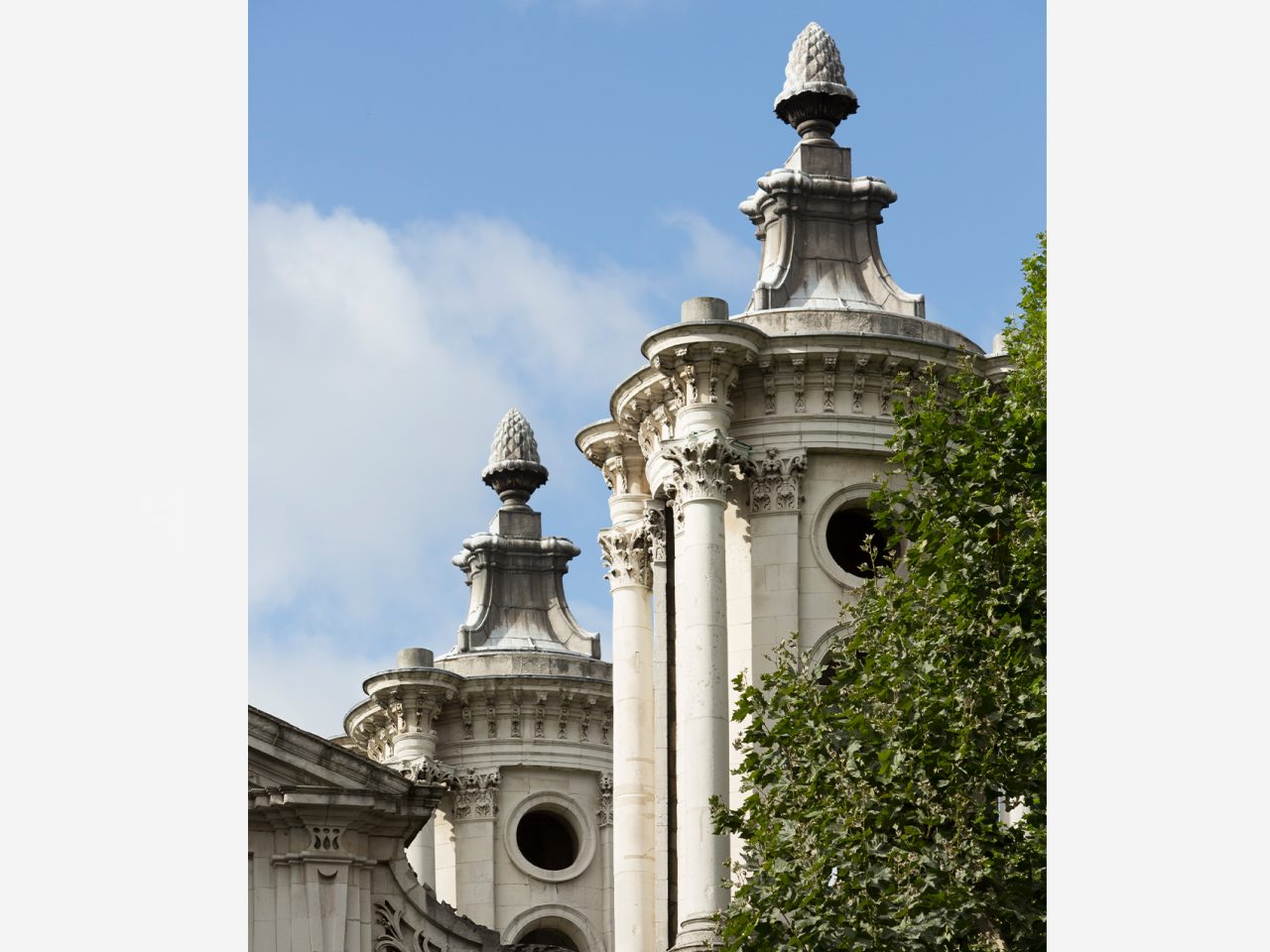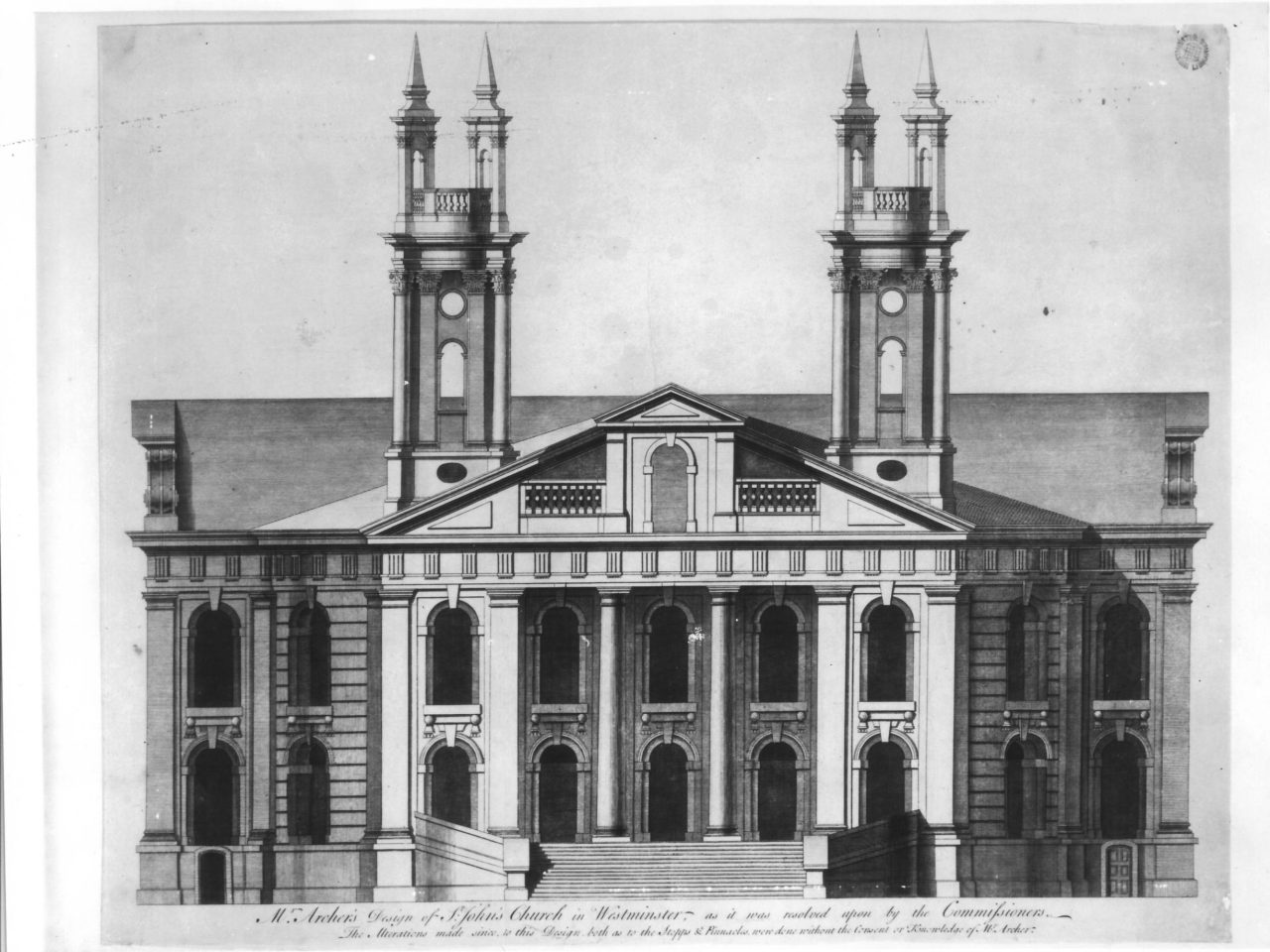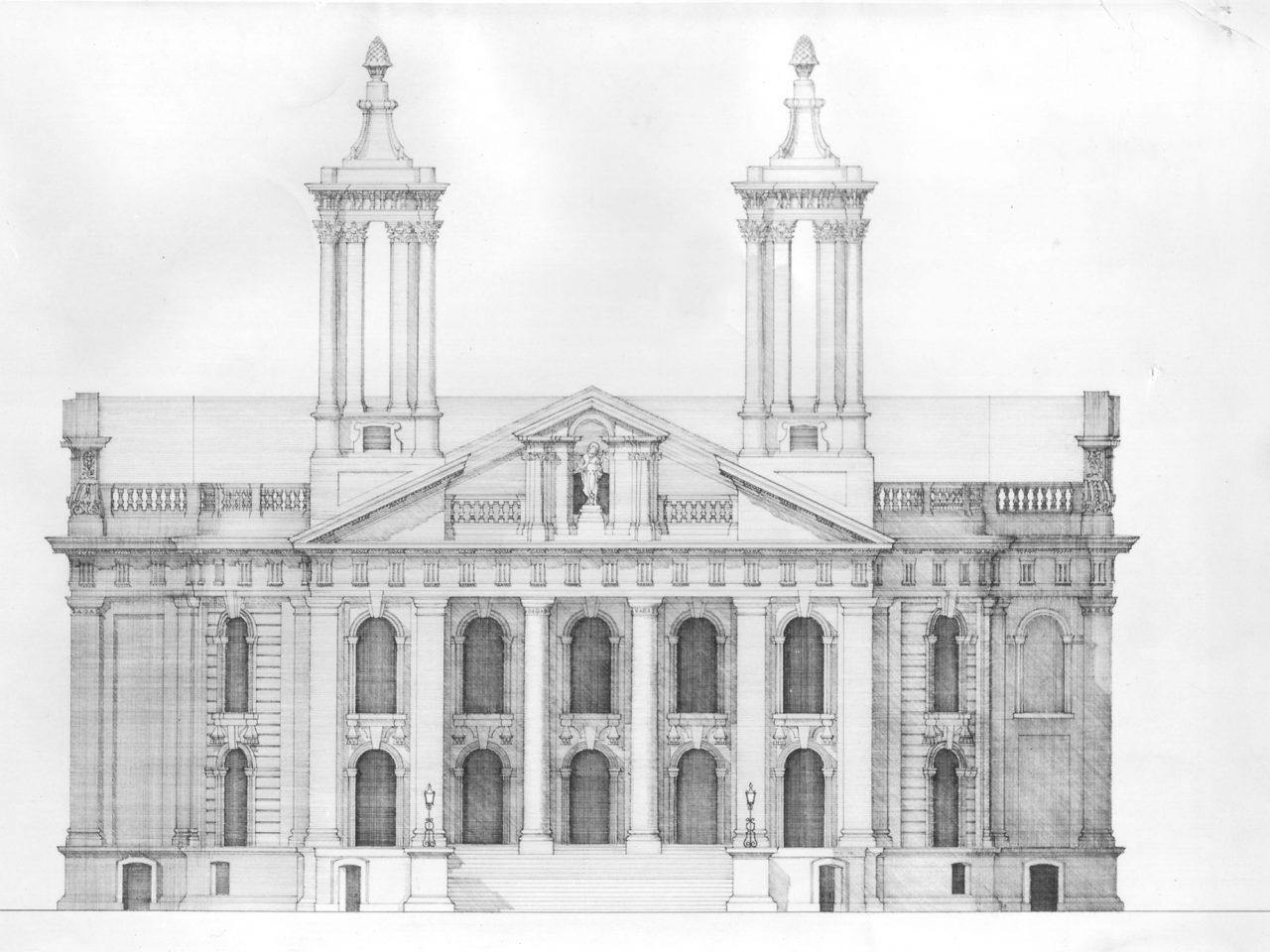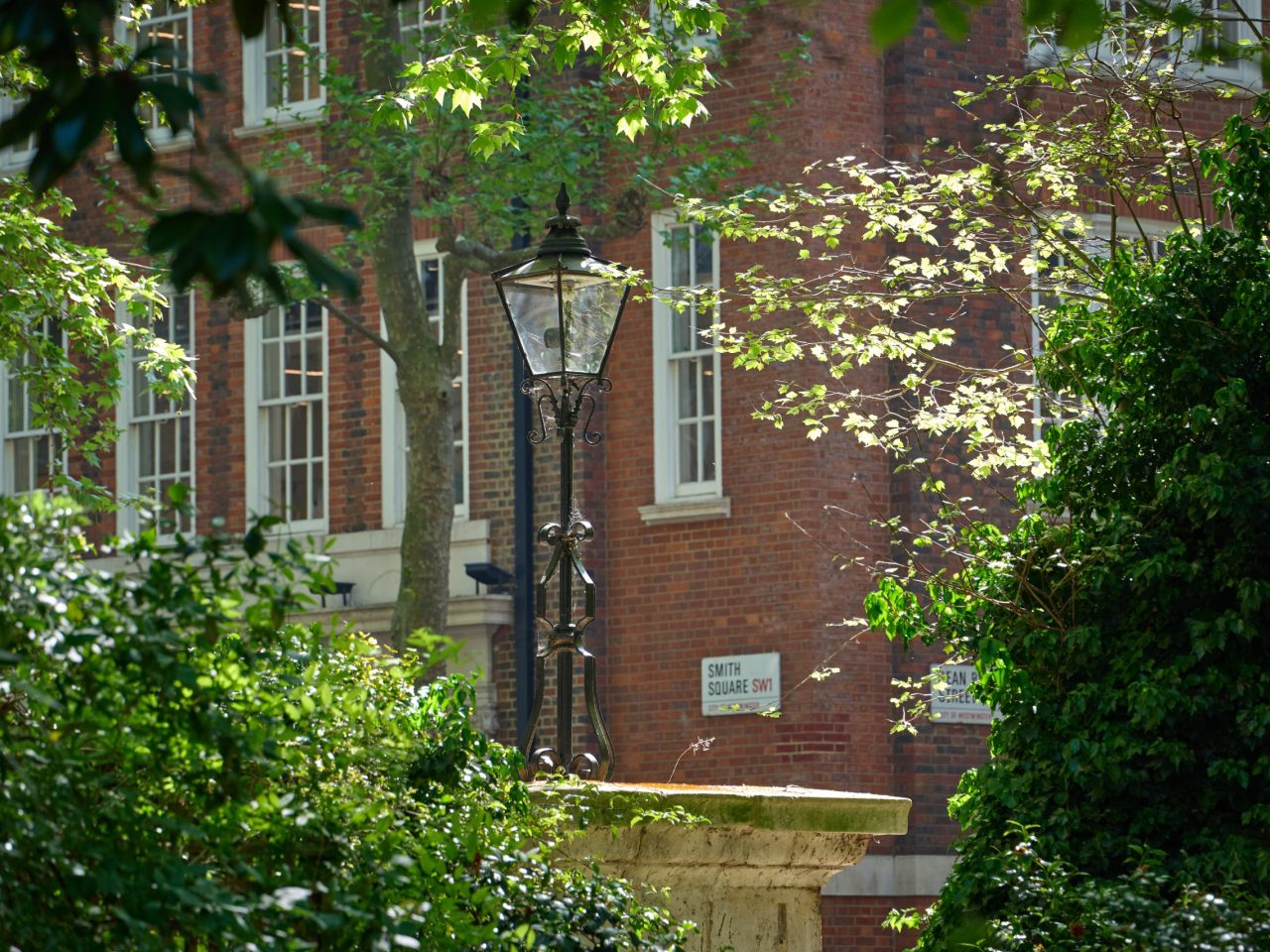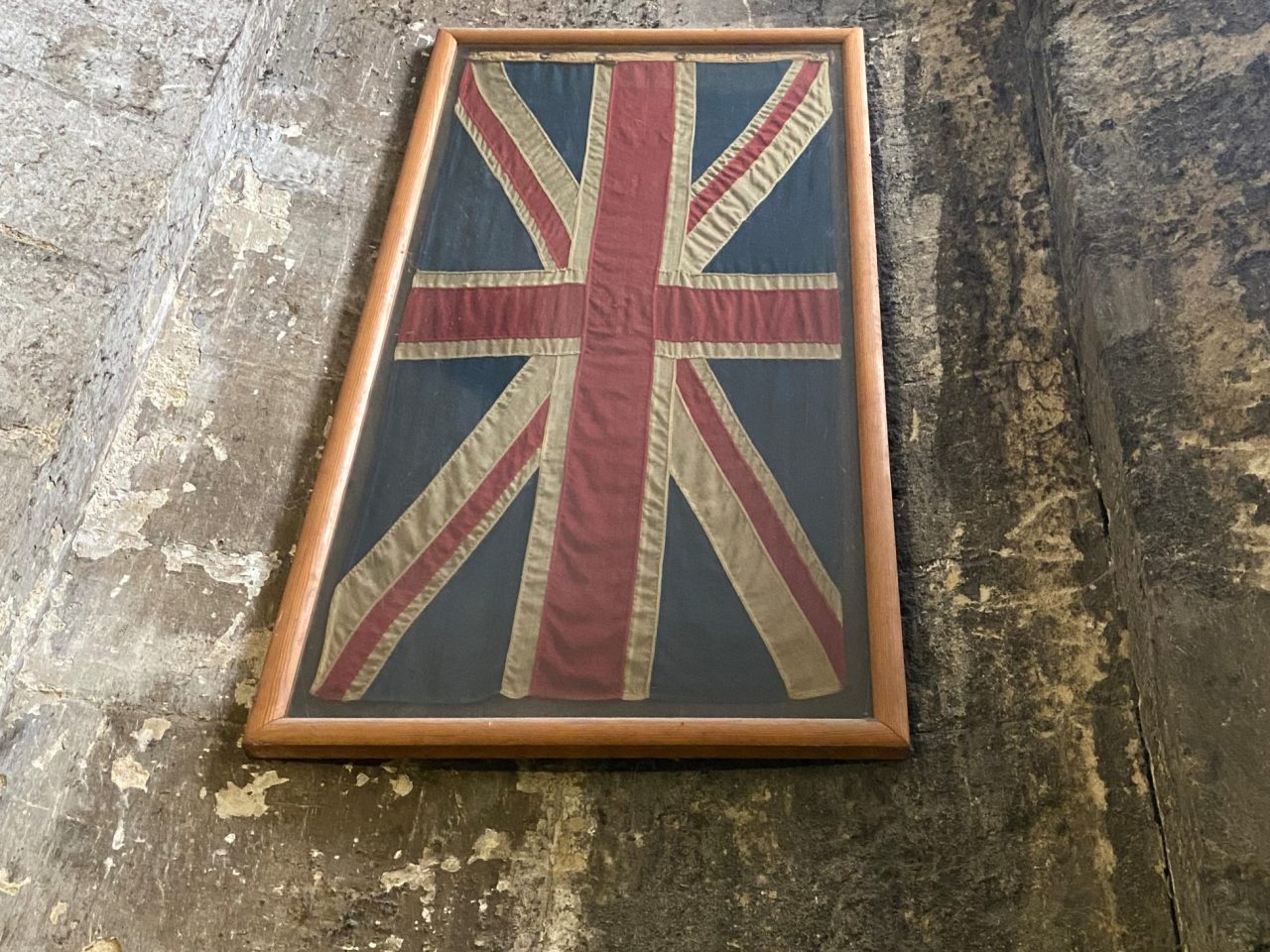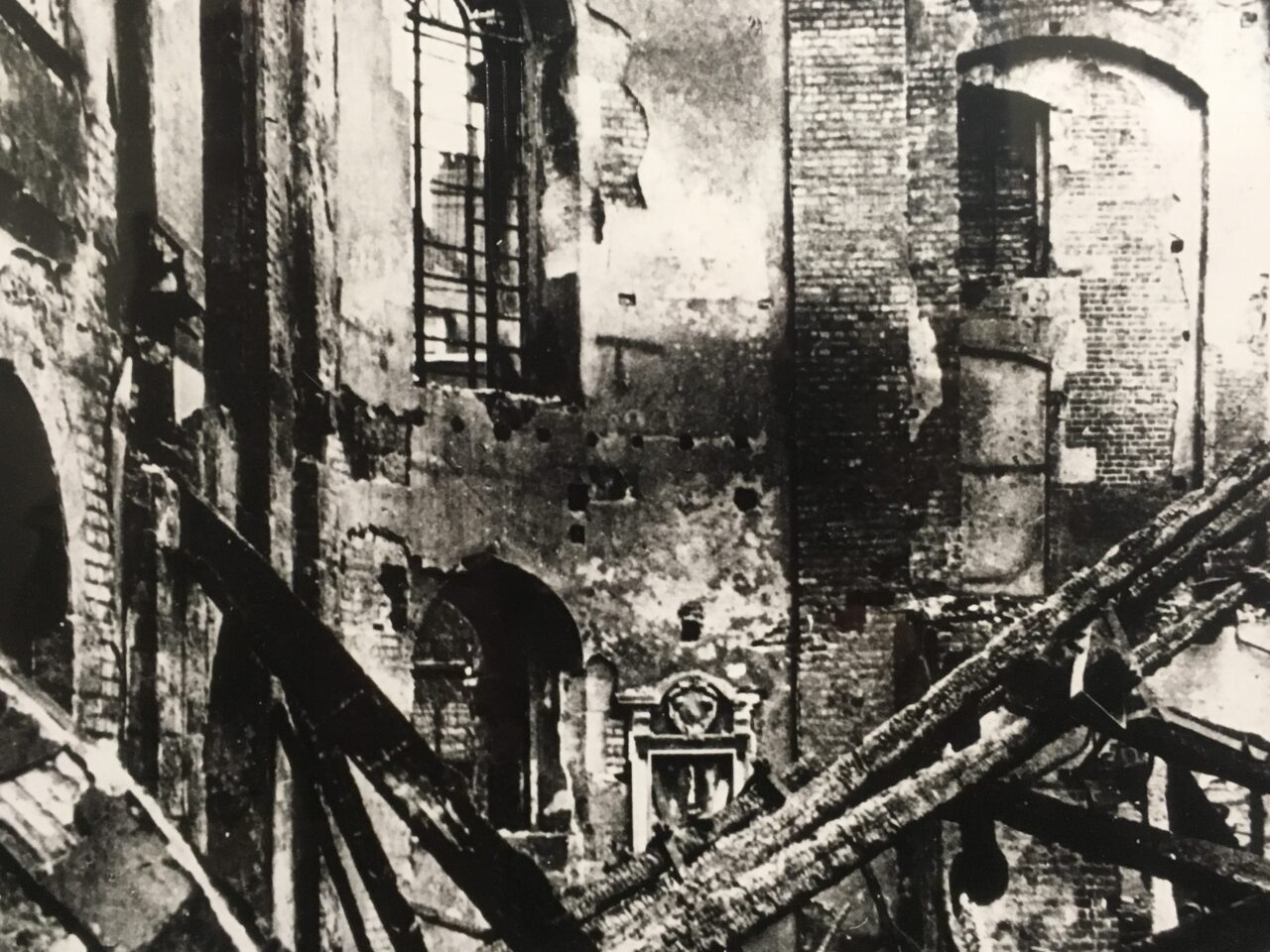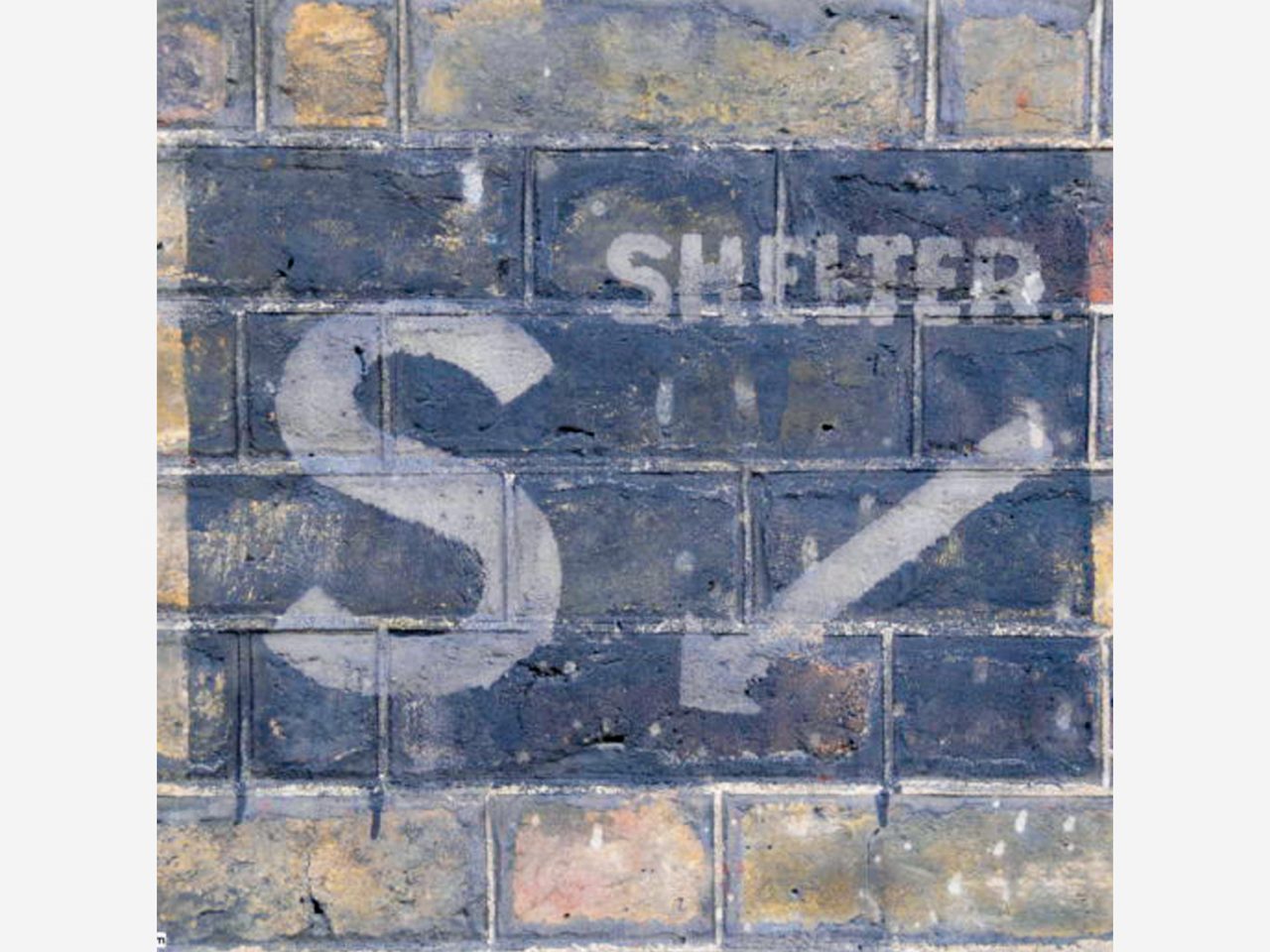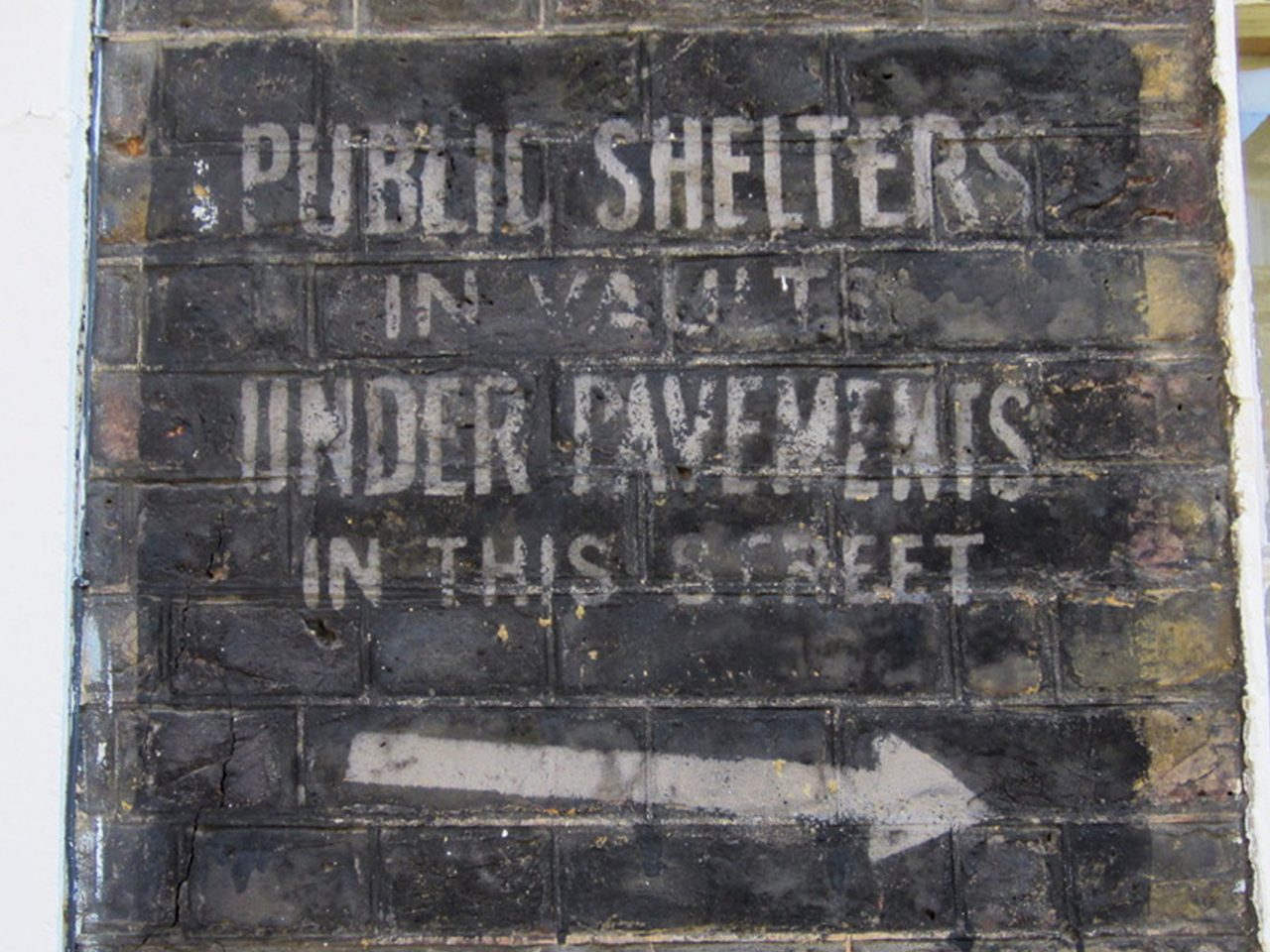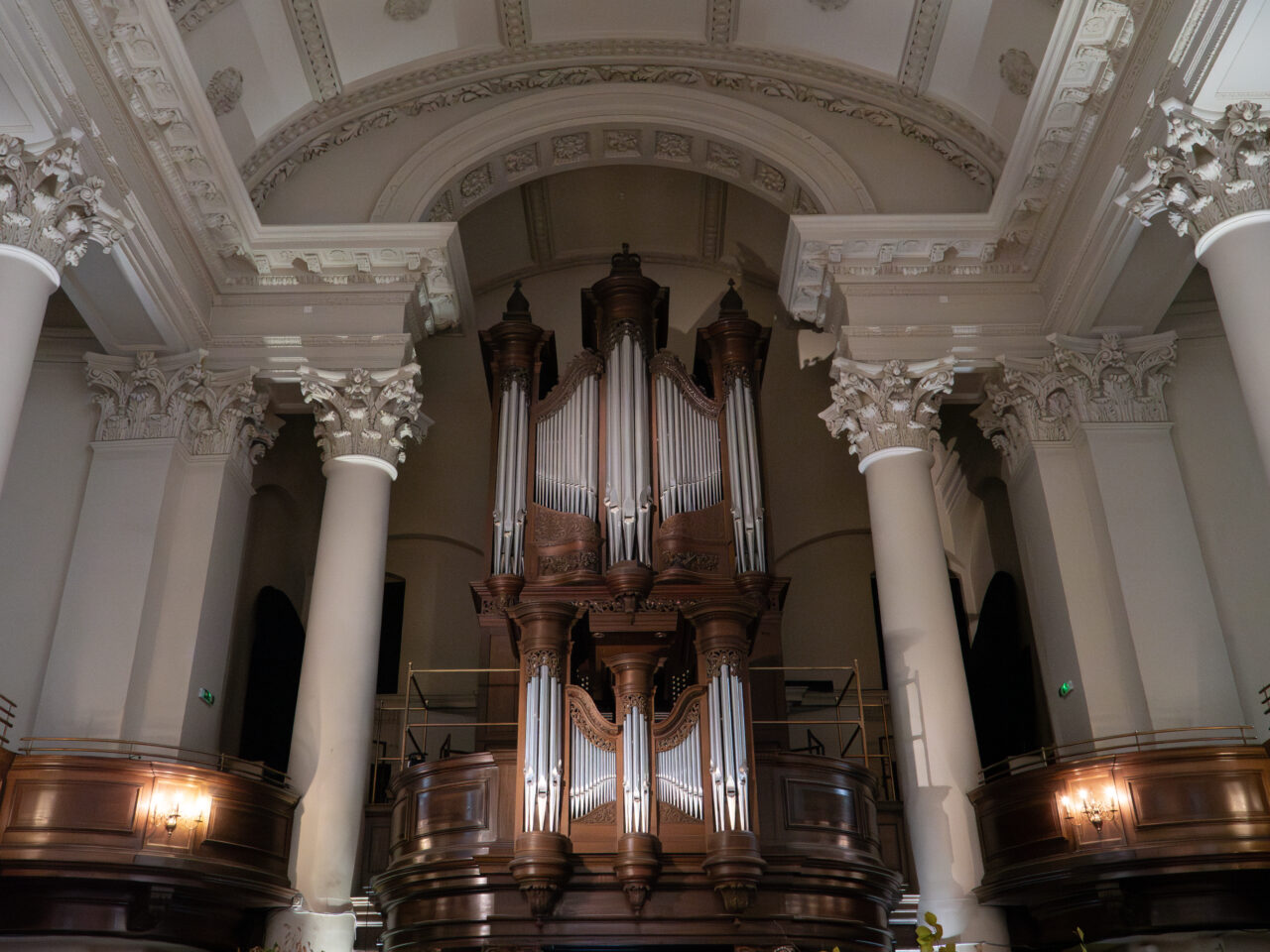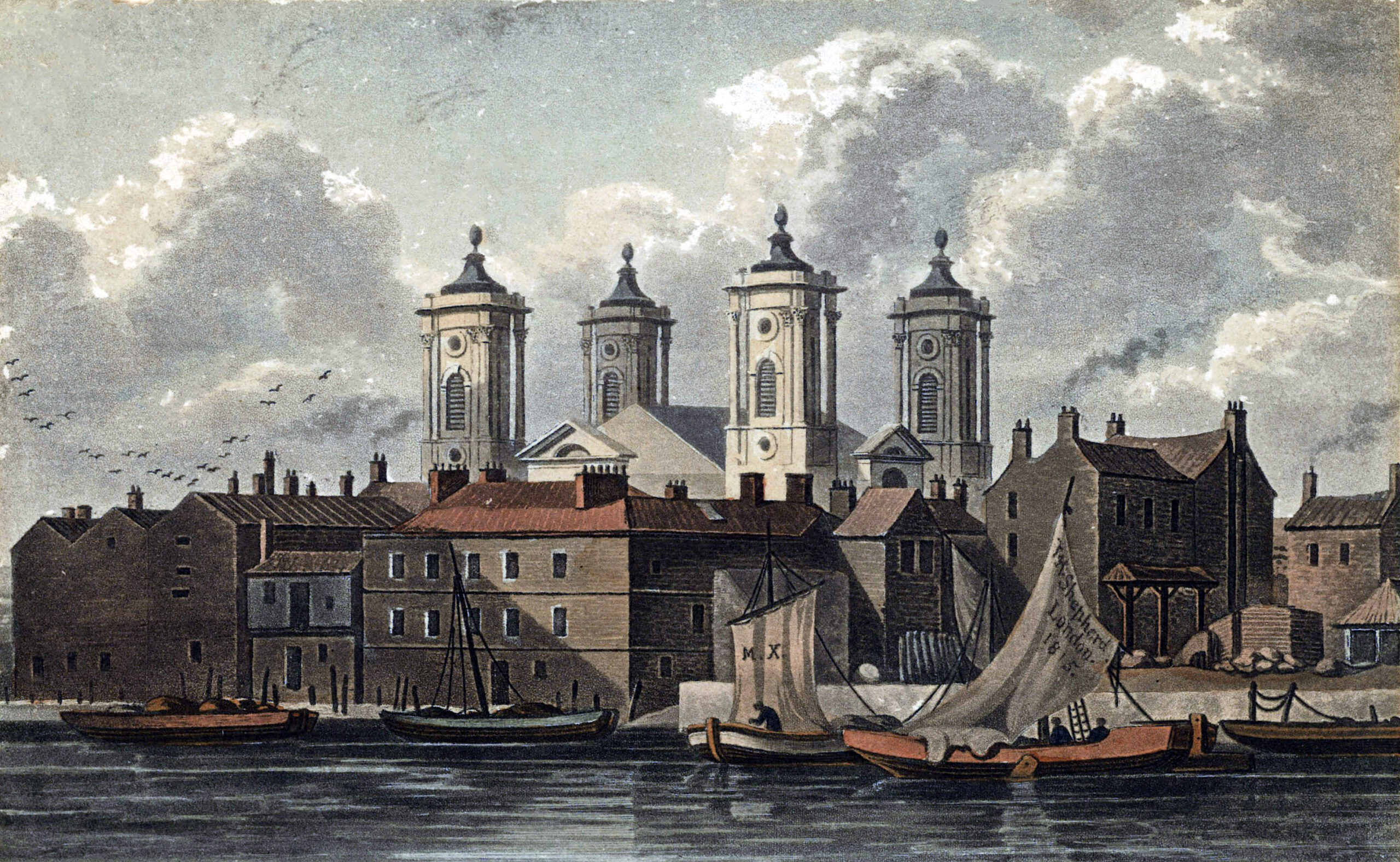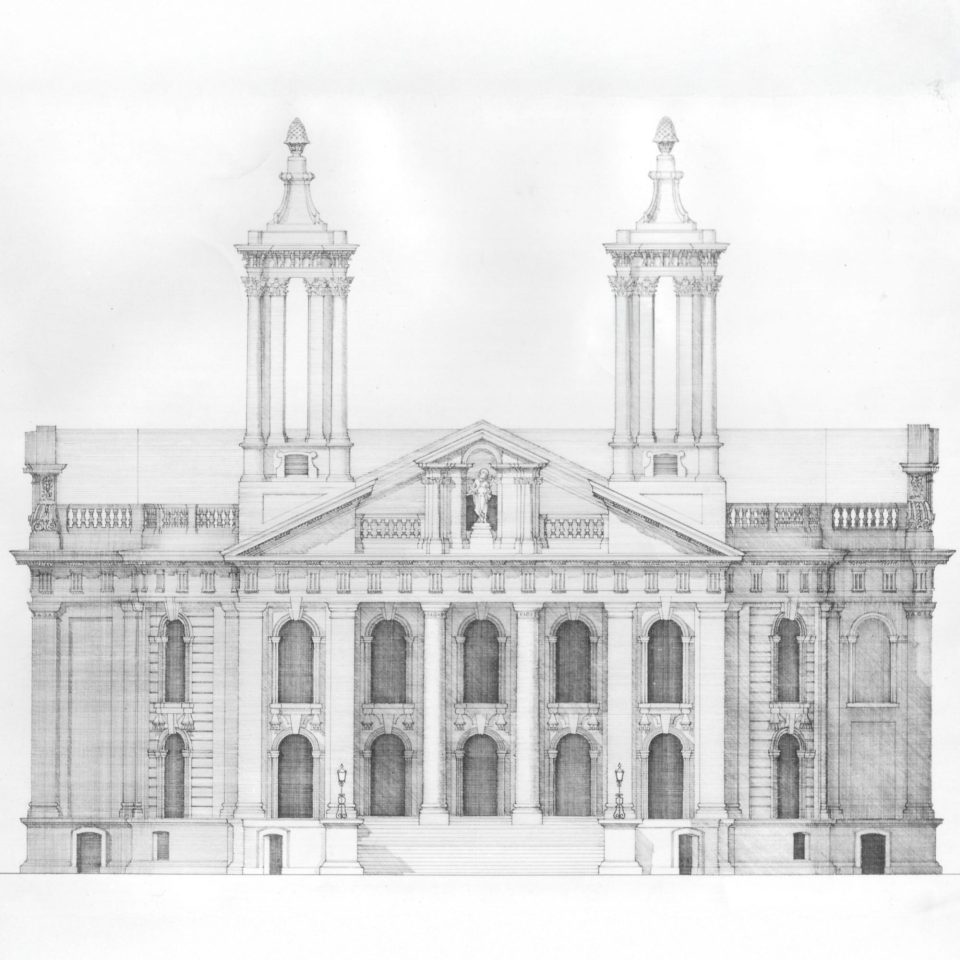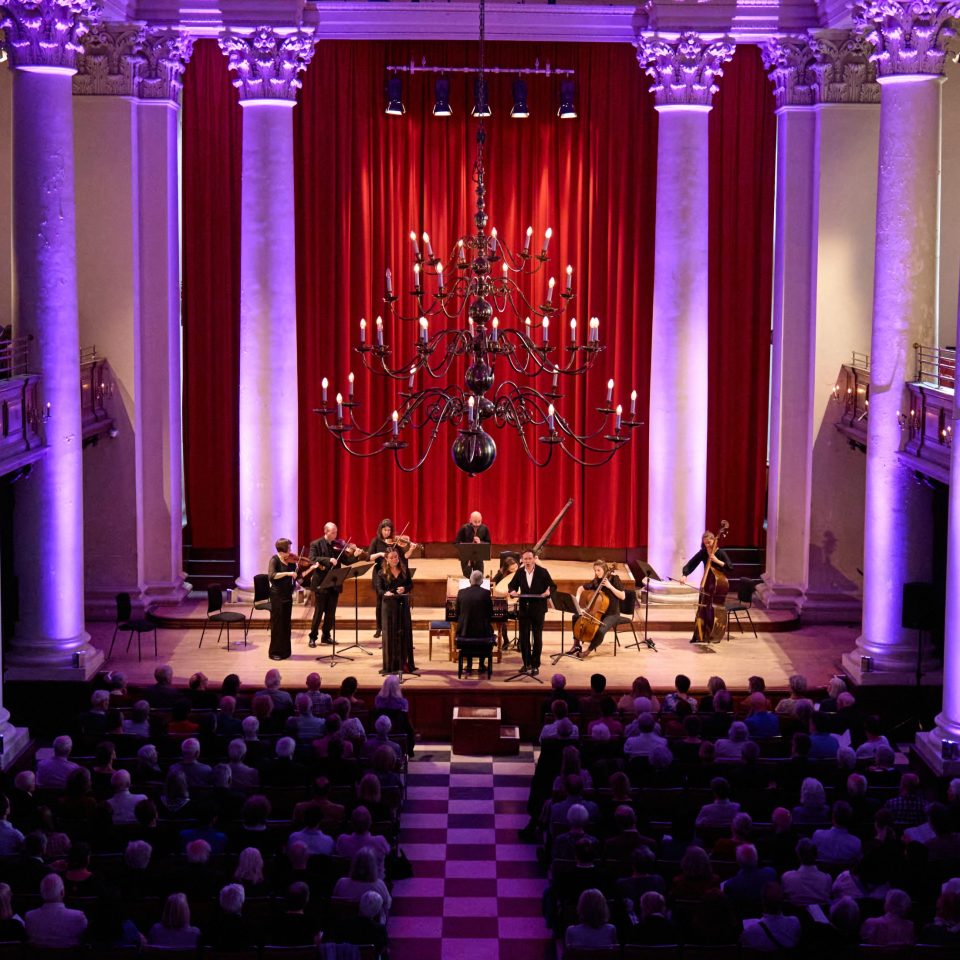Transcript of the handwritten note:
This Union Jack was saved from the burning remains of St John’s church Westminster on the night of May 10th/11th 1940. St John’s was one of the many historic churches which fell to air attack during the many assaults on central London at about this time. On this occasion a heavy incendiary and H.E. (High Explosive) attack was made on central London, and Westminster seemed to be the target area.
The night began with heavy high explosives and explosive incendiaries, and roof spotters nearby called the attention of the warden service on the ground to fire bombs (2) on the church roof.
As the whole locality was literally sprinkled with fires only one warden was spared to climb the S. E. tower stairway and get to work with long shovel and water. In each case the bomb had got through the lead casing and ignited the timbers, the molten lead settling in again making it difficult to get it to work.
More help was called for and the fire service was sent from a “leaving fire” in the outer suburbs, all local branches being fully occupied. In the circumstances the 45 minute delay was not considered unduly long but in this time the fire was so great that the warden had to quit, bringing with him this weatherbeaten flag which was bent on the Heligard, ready for hoisting.
The illumination from this old church enabled the enemy to return with renewed force and a fresh container was dropped on the locality, firing the Houses of Parliament, Westminster Abbey and Christ Church Victoria Street.
In the latter case an enemy place dived at Firemen operating a water tower securing a direct hit with a H. E.
A relic of this remains on the paintwork of a building nearby which bears at the height of 10 feet the perfect imprint of a road wheel from one of the fire appliances that was working there.
St John’s was built to the order of Queen Anne for William Wyatt, a student and contemporary of Christopher Wren and is in the true Wren style only one of the four towers.
The S. E. remains intact with its pineapple shaped capital. The others came crashing, burning to the ground being of carved oak and only zinc covered.
The fire was burning from 11pm on May 10 till noon the next day owing to the immense strain on the water service. Hoses could not throw the water high enough to douse the other towers and the timber structure in them remained burning until the services of a water tower could be obtained.
This flag is given to Colonel Starr as a memento of his command at the St John’s House, opposite the church with the hope that it will fly once more on Armistice Day and anniversaries.
James _
Deputy Post Warden _ /8/1944
